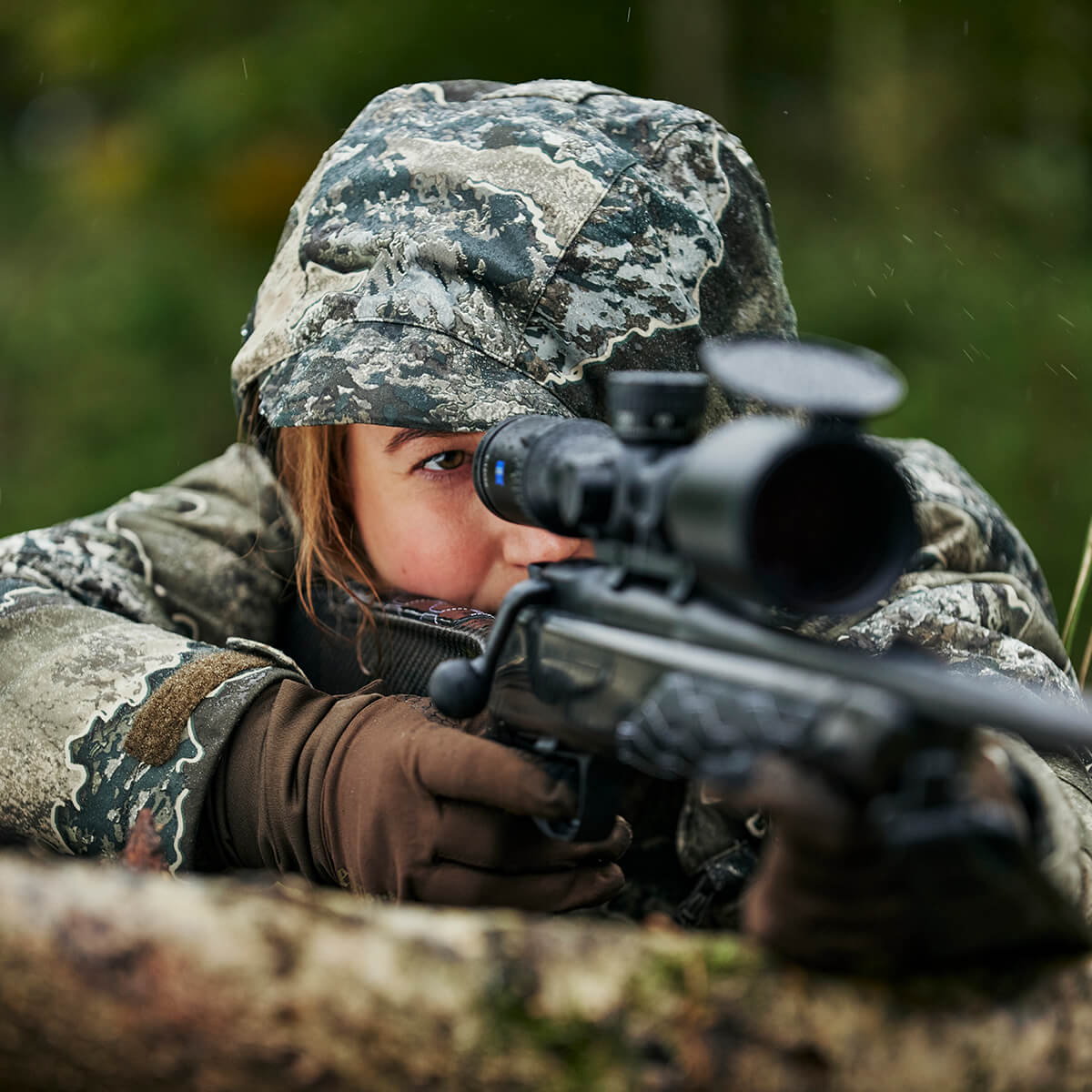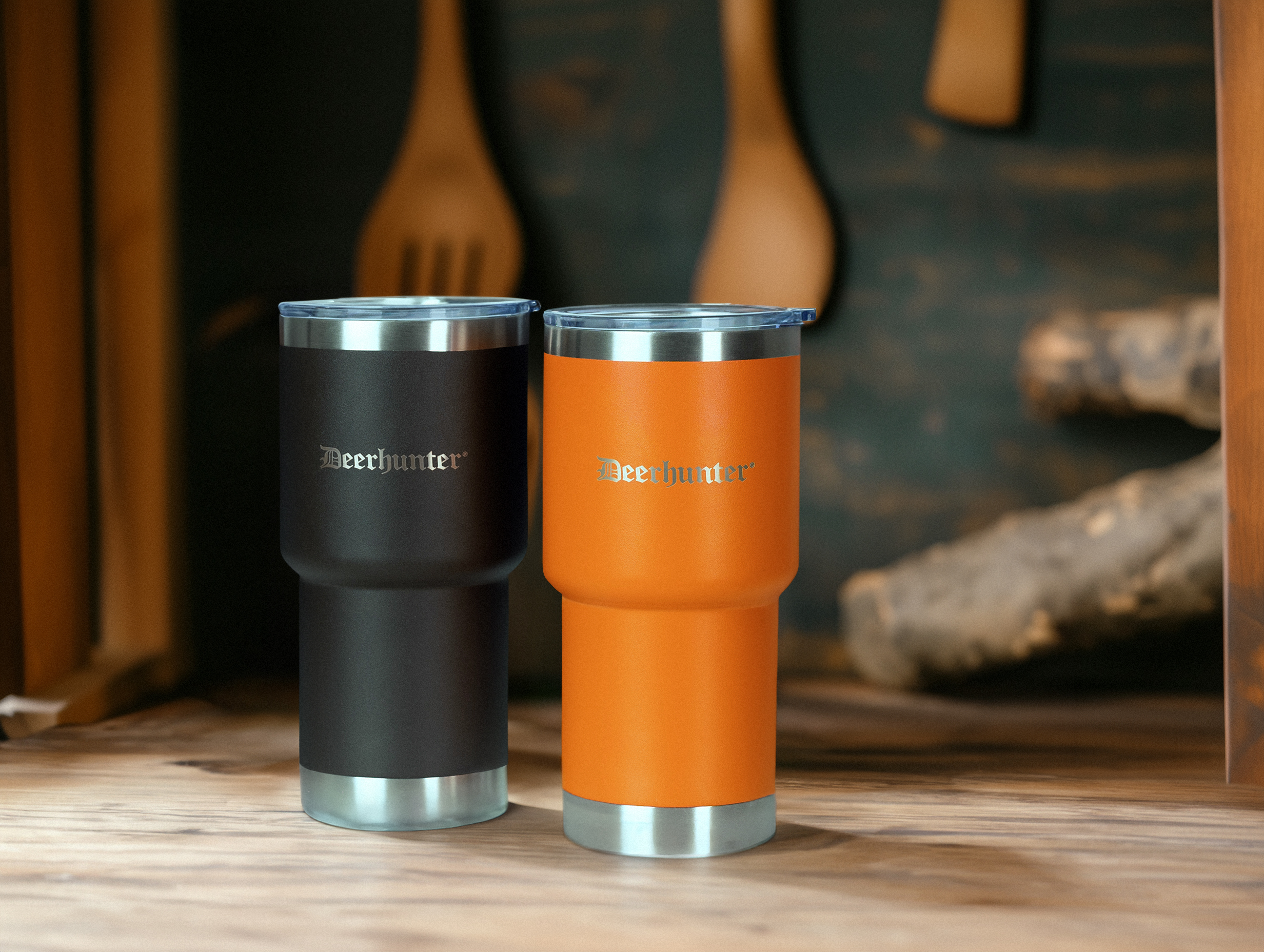
Disclaimer
This article may contain rules that do not apply to your country. Please check which rules applies to your country.
Waterfowling open water
Hunting takes place in fishing areas throughout the hunting season, for ducks, common eider, and geese. There are several ways to practise this form of hunting. Coastal hunting from barges or small boats with no engine often targets birds flying over decoys, but stalking ducks is also effective. It is also common to hunt in the open sea from motor-driven boats. In this form of hunting, you spot the birds at a distance using binoculars. You then circle the birds until they are in range. It takes a lot of experience to be able to manoeuvre the boat close to the birds without them taking flight.

Challenges in fishing areas
In addition to the fact that saltwater can be hard on the hunter’s tools of the trade, cold, wind and water are the greatest challenges. There is usually a penetrating cold which places great demands on clothing. You sit motionless on the barge or boat, with no shelter from the wind beyond what the boat offers. You are on open water during the coldest months of the year.

Find your Deerhunter clothing here
BUY NOW
Hunting stories from a hunter
The Danish coast is a major part of the Danish cultural landscape. The coasts are used for many recreational activities, like family trips to the beach in summer, walks with the dog and collecting shells, conches or oysters. The Danish beaches are also an angler’s paradise. Many coastal areas are home to large populations of sea trout and other good edible fish. You can spend hours walking beside the water. Day after day the landscape changes by itself, throughout the seasons, and in step with the weather on any given day, or hour!
Sea hunting: A stiff sea breeze and the scent of salt
One day is beautiful with sunshine and wide vistas. The next is closed in by mist, fog or light rain. Some days are harsh. It feels like nature is trying to push you away, telling you to go home again to warmth, food and coffee. Some days are overflowing with bounty for the hunter: gadwalls, shovellers, tufted ducks, goldeneyes, mallards, white-fronted geese, pink-footed geese, greylag geese and many others. And there are days where the sea seems empty. The birds have withdrawn inland to wet meadows with shallow water, to marshes, or the inlet around the corner. You get addicted not only to being out in this natural setting, but also to witnessing the way it changes over the days. It transforms and adapts itself, and demands the same of the hunter, who is unable to avoid being caught up in melancholy or high spirits, depending on nature’s strict orders and whims. Fisherman and others who traverse this environment, with the smell of salt in the air, are also familiar with these moods. Throughout the ages, people have been drawn by a longing to explore. What is on the other side? That is how Columbus and all the other seafarers started – with a curiosity to discover. It can be soothing to lie still on a barge and feel the waves splashing calmly against the sides, with your gaze fixed on the bilge, waiting to hear the beating of duck wings... Other days you are drenched and completely done for. Many adventures started here, both in reality and in books. There is time to dream as a barge hunter – until you are surprised by a small flock of birds that willingly fall for the decoys.
READ ABOUT OTHER TYPES OF HUNTING



















